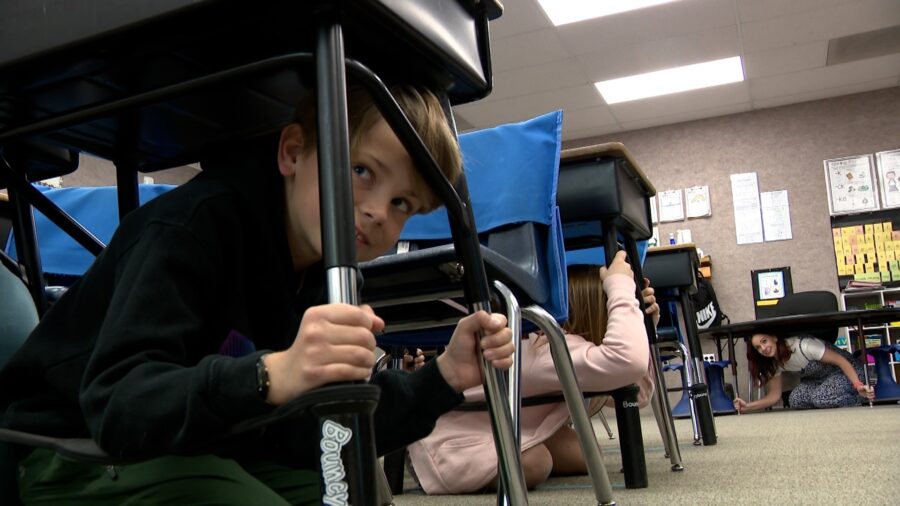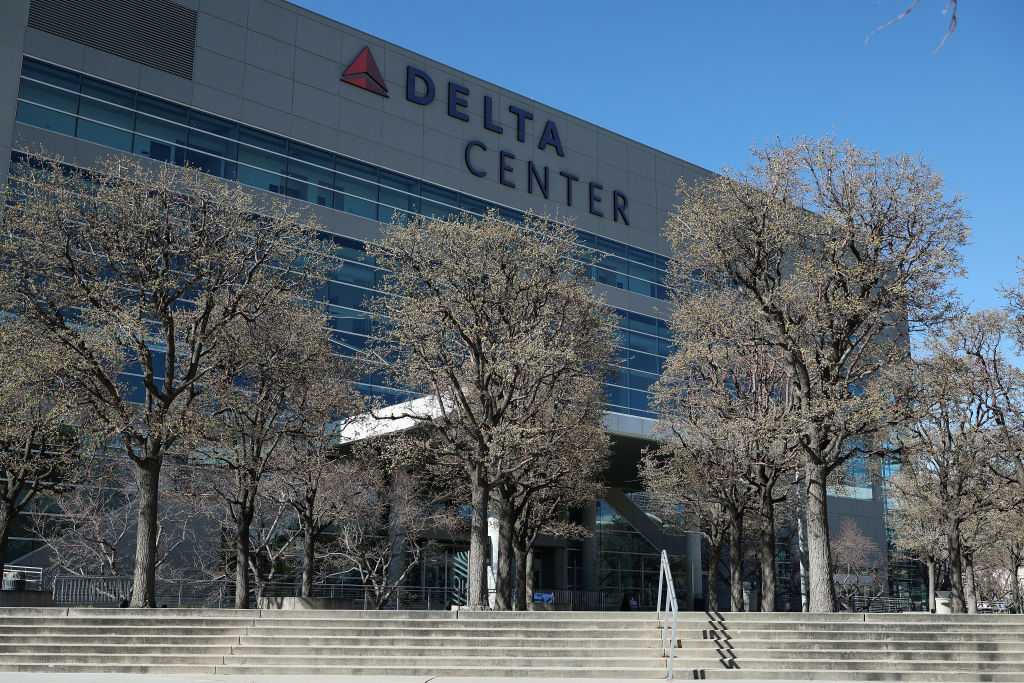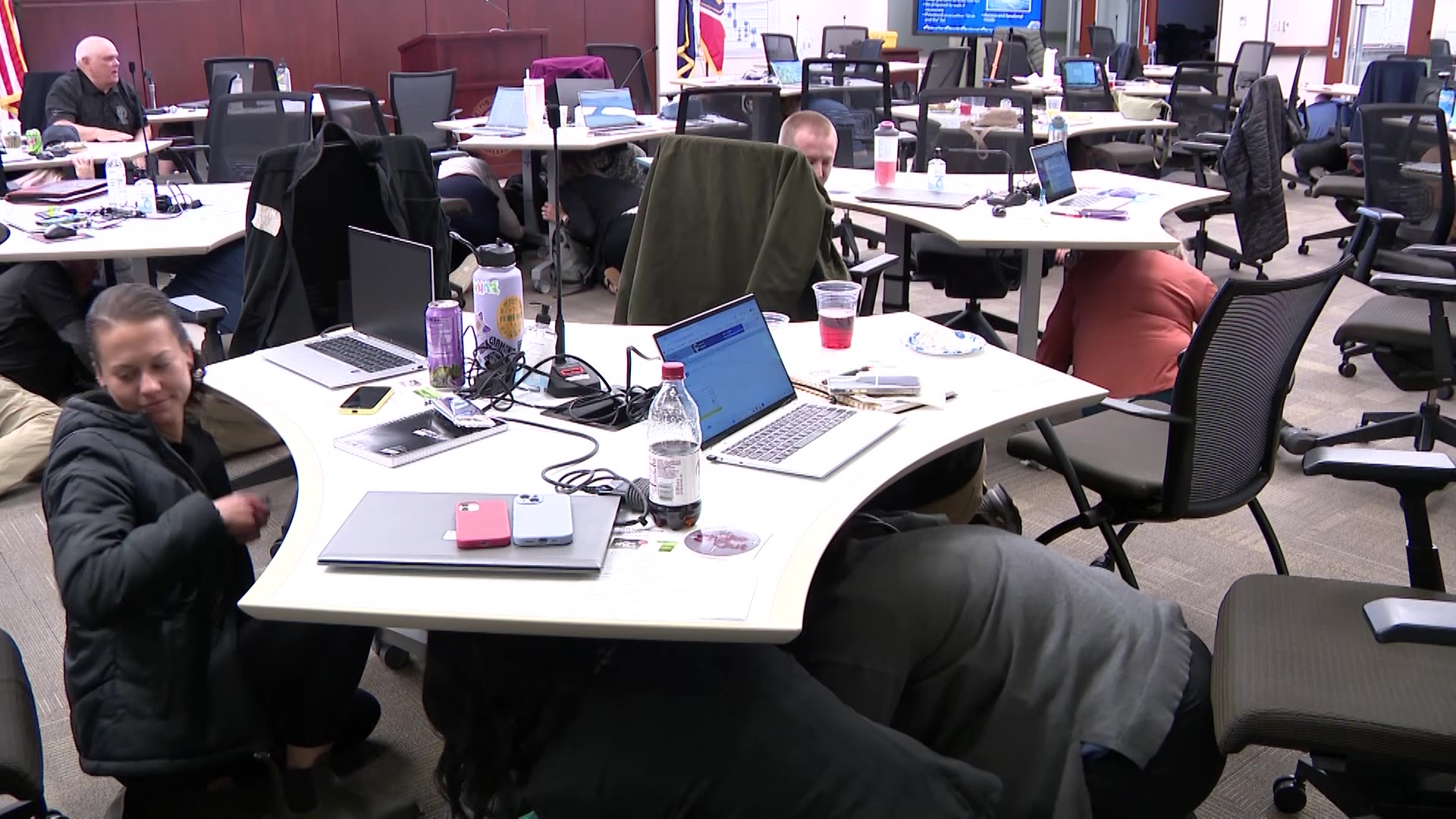Doctors Urge Caution For Utahns & Pets As Record Heat Lingers
Jul 8, 2021, 8:35 AM | Updated: Jul 9, 2021, 4:38 pm
SALT LAKE CITY — Doctors and veterinarians are encouraging Utahns to know the early warning signs of heat-related illnesses and take preventative steps as record-breaking heat hits the Beehive State.
The Salt Lake City International Airport set a record high Wednesday at 104 degrees, and Salt Lake County clinics reported seeing a lot of dogs with heat exhaustion.
Doctors and vets recommended staying out of the sun during peak hours of 10 a.m. to 6 p.m. Thursday, as temperatures will hit triple digits in cities across Utah.
Excessive heat advisories are in effect across Utah with St. George and parts of southern Utah under an excessive heat warning as temperatures could hit 114 degrees by the end of the week. Most of the Wasatch Back and Cache Valley and parts of northeastern Utah were also under red flag warnings Thursday.
Excessive heat again today pic.twitter.com/csiNJajlyS
— Grant Weyman (@KSLweyman) July 8, 2021
To avoid heat-related illnesses, doctors recommend gradually increasing the time you spend outdoors over two weeks and having a good understanding of what symptoms to watch for to avoid a trip to the hospital.
“It’s kind of a continuum. Heat exhaustion would be when people are having the first symptoms, headaches, light headedness, nausea. If one develops heat stroke, they become confused and altered, maybe vomiting,” said Dr. Andy Dorais, an emergency room physician with Intermountain Healthcare. “To avoid heat exhaustion or heat stroke, hydration is key. I would recommend anything wet, except for alcohol in this instance, because alcohol can affect one’s ability to thermo-regulate and can interfere with our temperature settings.”
For pets, some signs of heat exhaustion include stumbling, excessive panting and drooling and in extreme cases — vomiting. If you think your dog has heat exhaustion — vets said to act quickly.
Emergency First Aid For Dogs
- Move the dog to a shaded and cool area.
- Immediately pour cool (not cold, to avoid shock) water over the dog.
- Allow the dog to drink small amounts of cool water.
- Continue to pour cool water over the dog until their breathing starts to settle, but not too much that they start shivering.












